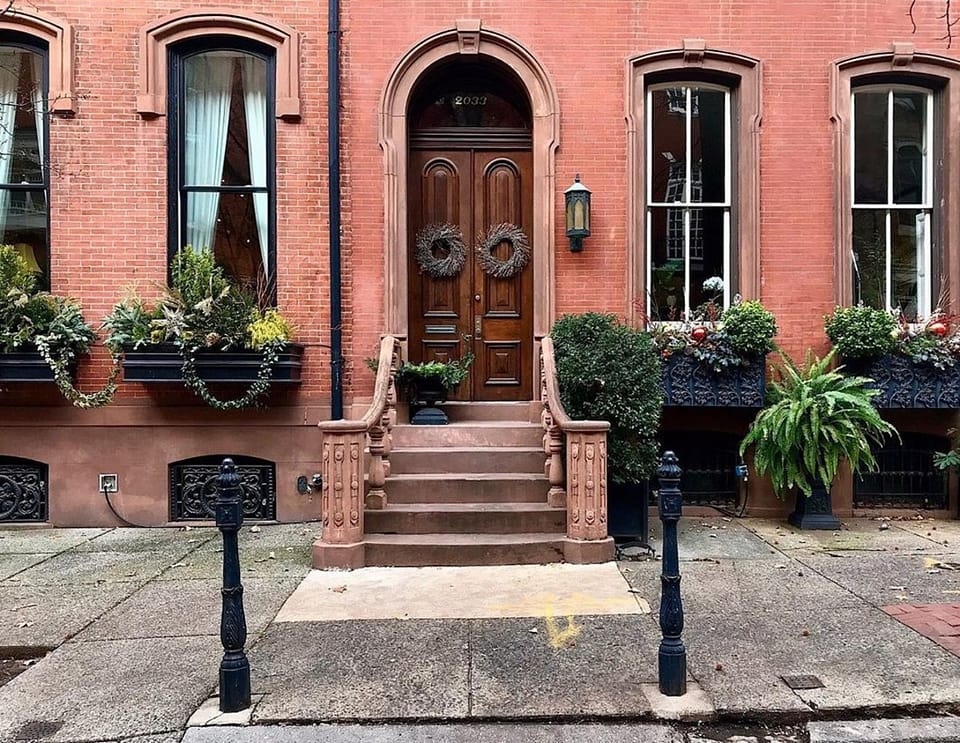Top 3 Gentrified Neighborhoods in Philadelphia

The City of Brotherly Love has so much to offer that we never tire of writing about it. Today, we will discuss Philadelphia’s development and gentrification. Although sometimes considered controversial, gentrification is not the villain if undertaken properly and ethically.
The development in these neighborhoods promoted better schools, communities, and healthcare. As a result, people sought to buy homes in these neighborhoods.
We will use three neighborhoods as examples to see how gentrification has changed them for the better.
West Kensington

West Kensington was a famous industrial area in earlier centuries. The neighborhood was adorned with factories and warehouses that powered Philadelphia’s economy during that era. As the industries faded and jobs became scarce, West Kensington fell into decline.
What Transformed?
As I see it, gentrification isn’t an overnight job. It takes countless hours of planning and approvals to make it happen successfully. What worked in West Kensington’s favor was the proximity to other popular neighborhoods, specifically Fishtown and Northern Liberties. As these neighborhoods grew, many residents and businesses focused on the more affordable West Kensington. Developers and cash home buyers were more interested in transforming old warehouses into homes and mixed-use developments.
Some Highlights
- West Kensington became a hub for art galleries reflecting the neighborhood’s cultural significance. For instance, the Crane Arts Building hosts creative events that draw people from all over Philly.
- The gentrification also gave rise to a thriving food and drink scene. I am fond of the local coffee shops and always end up at one of the many.
What About Challenges?
As is the case with most projects, gentrifying West Kensington faced several challenges in the form of the displacement of low-income families and property taxes. This made it harder for such people to stay in the neighborhood.
Point Breeze
Point Breeze is a famous working-class neighborhood. In recent years, Philadelphia has paid attention to gentrifying the neighborhood, aimed at development and investment. We believe that gentrifying Point Breeze overall was a success, as the neighborhood still carries the tight-knit community charm.
What Transformed?
Jon says that “Point Breeze was gentrified primarily because of its proximity to the downtown. That made it attractive to both developers and homebuyers.”
Some Highlights
- The rise in property values prompted homeowners to renovate older homes.
- Playgrounds and community centers have been improved. Wharton Square Park has become a popular gathering spot.
What About Challenges?
The gentrification of Point Breeze sparked debates about displacement and affordability. Several longtime residents felt the pressure of rising costs associated with the process.
University City

The gentrification of University City is a must-tell story. The gentrification of University City focused more on creating an academic zone that blends residential and commercial elements, too.
What Transformed?
University City’s gentrification was driven largely by its universities’ expansion and the surrounding area’s development. Major projects like the Schuylkill Yards initiative have brought office spaces and luxury apartments to the neighborhood.
Some Highlights
- The presence of universities is generally a positive sign for neighborhoods.
- University City emerged as a center for innovation.
What About Challenges?
Some critics argue that the neighborhood’s rapid development prioritized commercial development over the community’s needs.
Gentrified Areas in Philly
As Philadelphia navigates growth and gentrification, we should be aware of how it could impact us and be armed. If you feel that property prices may rise in your neighborhood, reach out to us for more information about how your home may benefit.
